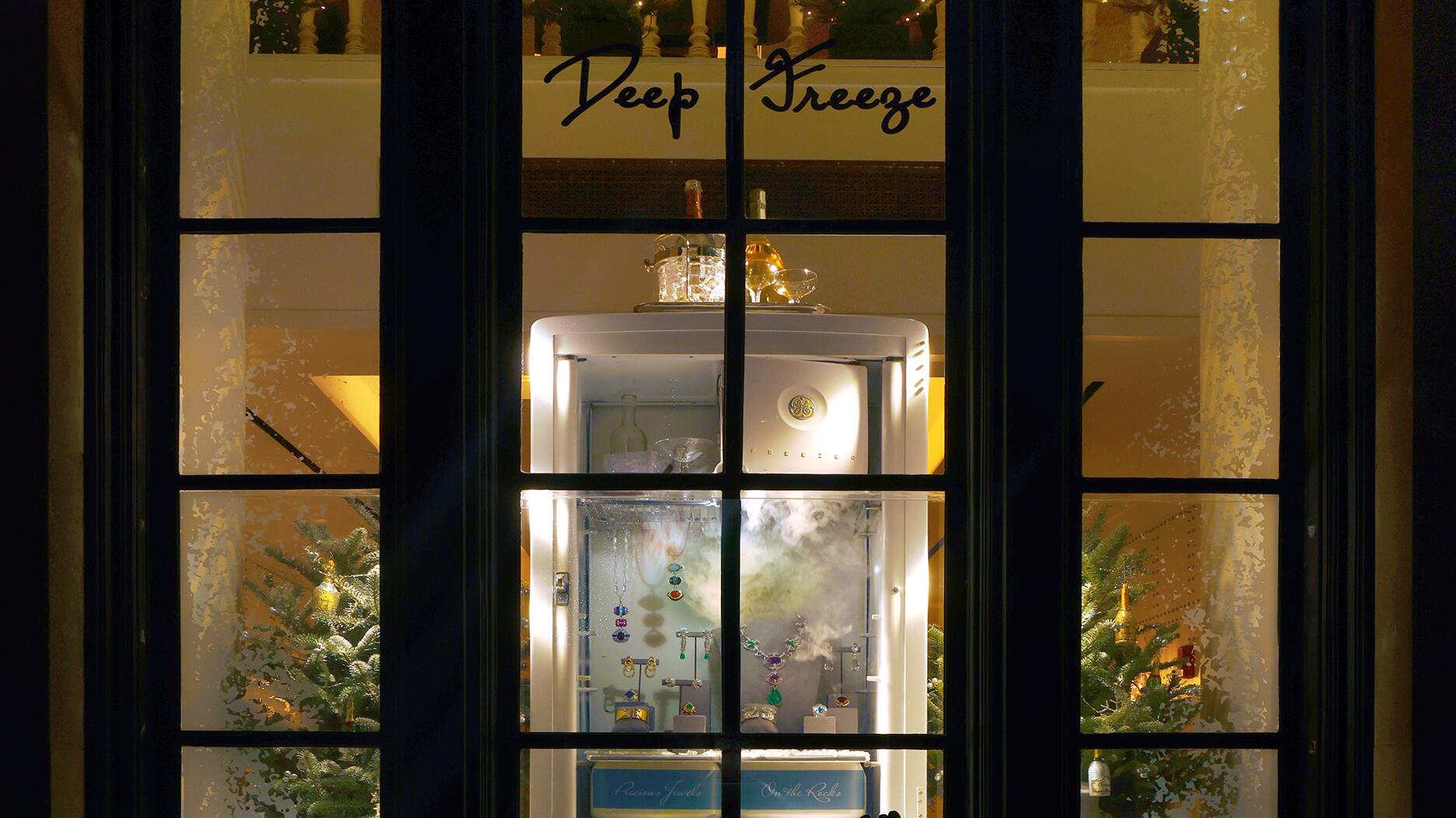Sotheby’s held its first two jewelry sales at the Breuer building last week, and they totaled nearly $44 million.
Judge Drops Thousands from Sterling Discrimination Case
Federal judge Jed S. Rakoff ruled that an arbitrator overstepped her bounds in including women who did not opt into the class.
New York--A federal judge ruled last week that the arbitrator in charge of the sex discrimination case against Sterling Jewelers overstepped her bounds in including women who did not opt into the class, and he cut thousands of women from the case.
Arbitrator Kathleen A. Roberts ruled in February 2015 that women could pursue claims of pay and promotion discrimination against the retailer as a class, and certified a class of approximately 70,000 individuals that included all women who had worked for Sterling within a specific range of dates, regardless of whether or not they had said they wanted to be part of the case.
Sterling appealed the decision twice and in July 2017, the U.S. Second Circuit Court of Appeals sided with the retailer, ruling that the issue of whether or not an arbitrator has the power to include people who do not opt into the class had never been “squarely addressed,” and remanded the issue to the U.S. District Court in Manhattan.
On Jan. 16, federal Judge Jed S. Rakoff ruled that the arbitrator does not have this power, writing in his decision, “Arbitrators are not judges. Nowhere in the Federal Arbitration Act does Congress confer upon these private citizens the power to bind individuals and businesses except in so far as the relevant individuals and businesses have bound themselves.”
“The court finds that the arbitrator here had no authority to decide whether the RESOLVE agreement permitted class-action procedures for anyone other than the named parties who chose to present her with that question and those other individuals who chose to opt in to the proceeding before her.”
RESOLVE is the name for Sterling’s internal dispute resolution system; upon hire, all employees agree to settle any workplace disputes in private arbitration, a practice some lawmakers are looking to force companies to change because, they say, it can discourage women who have been discriminated against or sexually harassed from speaking up.
The judge’s ruling cuts the size of the class down from 70,000 to the approximately 250 women who either filed the original arbitration claim under Title VII--which covers claims of promotion discrimination--or were part of the claim before the 2015 class certification that Rakoff just overturned.
There are, however, 10,000 other women who opted into a separate class in 2016 under claims brought under the Equal Pay Act (EPA).
Washington, D.C.-based attorney Joseph Sellers, who represents the women who filed
“At the very least, we think we should proceed to trial on behalf of the claims of more than 9,000 women. We hope the Second Circuit (Court of Appeals) will allow the balance of the women’s claims,” he said, referring to the 60,000 women excluded by Rakoff’s decision.
David Bouffard, the vice president of corporate affairs for Sterling parent company Signet Jewelers Ltd., said the company will be challenging the certification of the EPA class as well.
RELATED CONTENT: EEOC, Signet Reach Settlement in Discrimination CaseThe ruling, and subsequent appeal, is the latest in a convoluted case that has stretched on for nearly a decade and has included numerous rulings and appeals on the issue of allowing the women to pursue their claims as a class even though their case has to be heard in arbitration.
The sex discrimination case against Sterling began back in 2008 when a group of 12 women who used to work at the retailer’s stores accused it of paying women less than men and passing them over for promotions.
Filed as part of that case but not released until this past spring were more 1,000 pages of sworn statements obtained by The Washington Post that went beyond allegations of pay and promotion discrimination, painting a portrait of Sterling in the late ‘90s and early 2000s as a boys’ club where the sexist culture started at the top with now-departed CEO Mark Light.
These claims are not part of the class arbitration, and Sterling has repeatedly disputed them, saying they give a distorted and inaccurate picture of the company’s culture.
The Latest

Winners will receive free registration and lodging for its fourth annual event in Detroit.

Here are six ideas for making more engaging content for Instagram Reels and TikTok, courtesy of Duvall O’Steen and Jen Cullen Williams.

How Jewelers of America’s 20 Under 40 are leading to ensure a brighter future for the jewelry industry.

The honorees include a notable jewelry brand, an industry veteran, and an independent retailer.


Carlos Jose Hernandez and Joshua Zuazo were sentenced to life without the possibility of parole in the 2024 murder of Hussein “Sam” Murray.

Yood will serve alongside Eduard Stefanescu, the sustainability manager for C.Hafner, a precious metals refiner in Germany.

Roseco’s 704-page catalog showcases new lab-grown diamonds, findings, tools & more—available in print or interactive digital editions.

The New Orleans jeweler is also hosting pop-up jewelry boutiques in New York City and Dallas.

Set in a Tiffany & Co. necklace, it sold for $4.2 million, the highest price and price per carat paid for a Paraíba tourmaline at auction.

Take luxury gifting to new heights this holiday season with the jeweler’s showstopping 12-carat sphene ring.

This year's theme is “Unveiling the Depths of the Ocean.”

In its annual report, Pinterest noted an increase in searches for brooches, heirloom jewelry, and ‘80s luxury.

Starting Jan. 1, customers can request the service for opal, peridot, and demantoid garnet.

The 111-year-old retailer celebrated the opening of its new location in Salem, New Hampshire, which is its third store in the state.

The new catalog features its most popular chains as well as new styles.

The filmmaker’s personal F.P. Journe “FFC” prototype was the star of Phillips’ recent record-setting watch auction in New York.

The new location in the Design District pays homage to Miami’s Art Deco heritage and its connection to the ocean.

Inflations, tariffs, and politics—including the government shutdown—were among consumers’ top concerns last month.

“Longtime favorite” presenters, as well as first-time speakers, will lead talks and workshops at the annual event in Tucson next year.

Silas Smith of Meridian Metalworks won the challenge with his pendant that blends Australian and American landscapes.

The sale of the 31.68-carat, sunset-hued stone was part of Sotheby’s first series of events and auctions in Abu Dhabi.

Most customers who walk into your store this month have made up their minds. Your job is to validate their choice, Emmanuel Raheb writes.

The collection features characters and motifs from Ukrainian folklore, including an enchanted mirror and a magic egg.

MatrixGold 3.11, the newest version of the jewelry design program, offers more flexibility, precision, and creative control.

The pavilion will be part of the 2026 JA New York Spring show, scheduled for March 15 to 17.

Kadet, a 1994 National Jeweler Retailer Hall of Fame inductee, helped grow the family-owned retailer in the Chicago area and beyond.

























